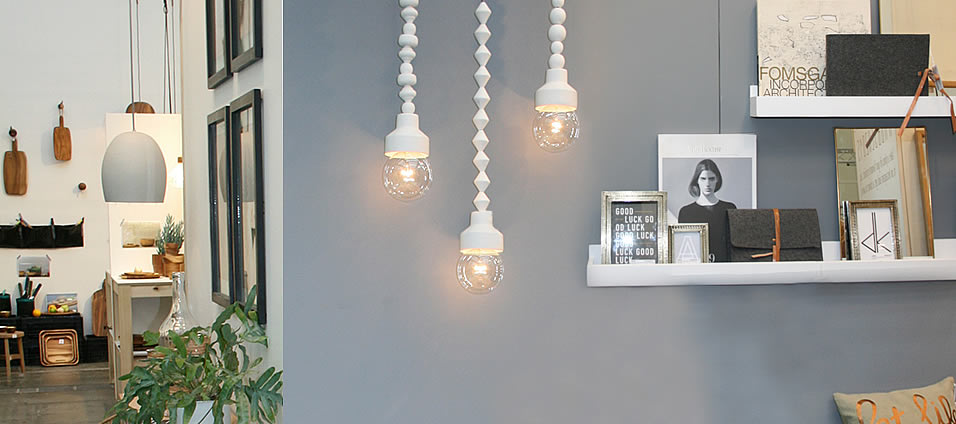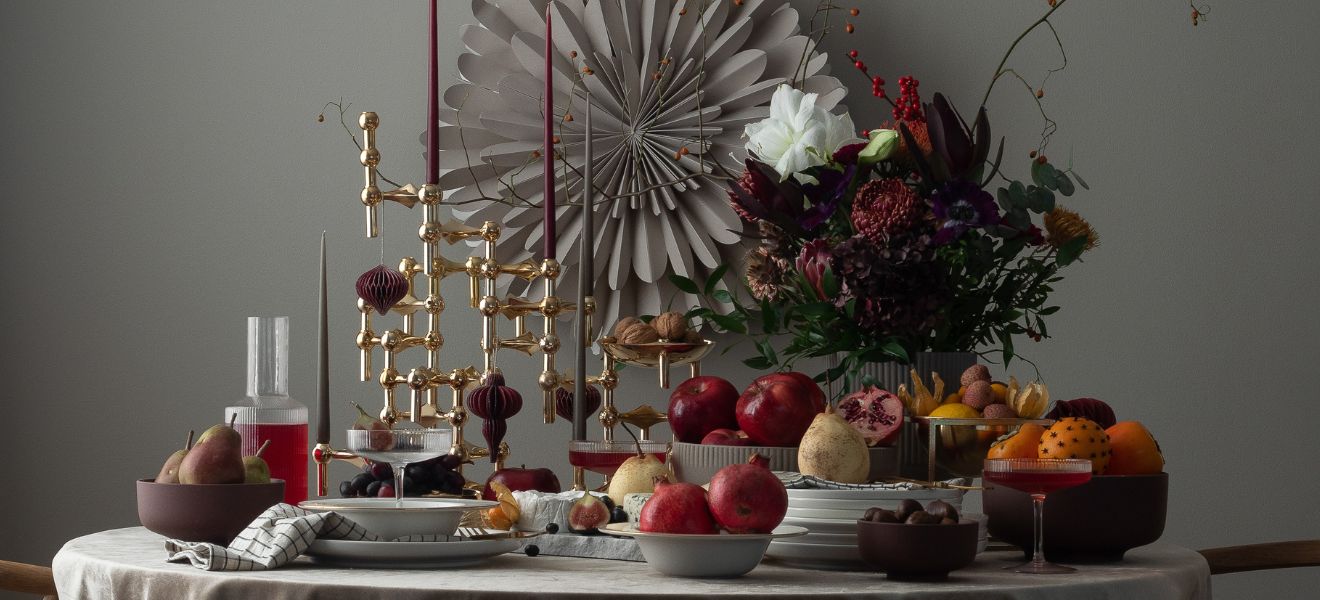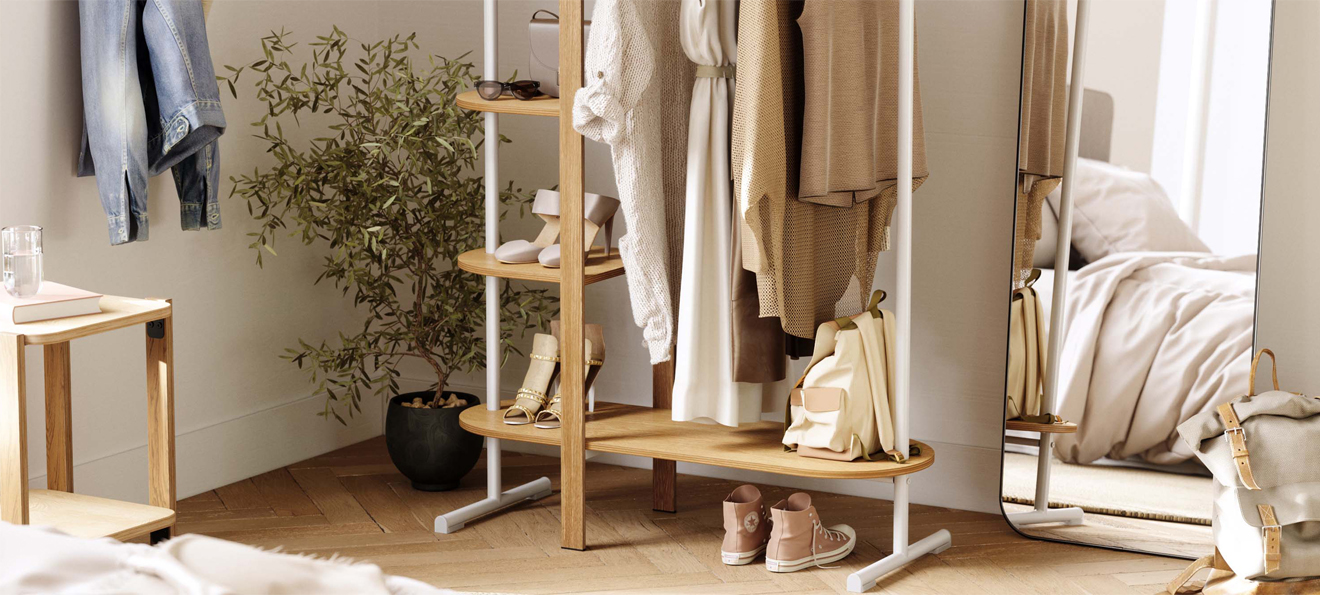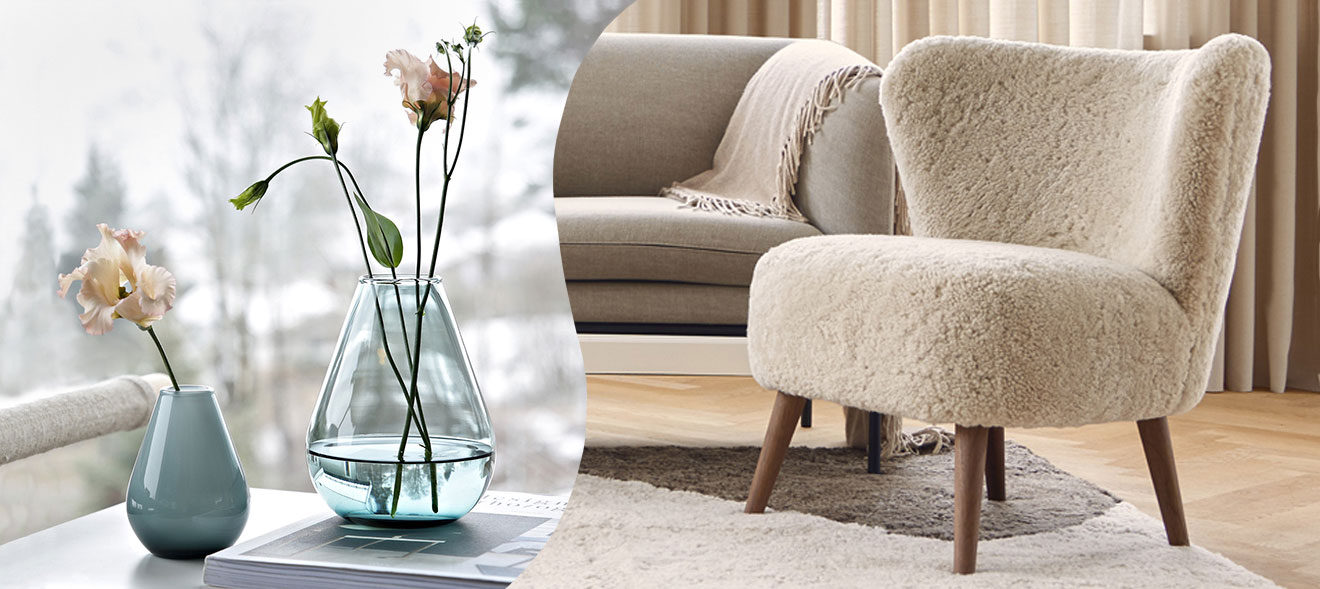Scandinavian design has its own distinctive style: a timeless language of clear, straight lines with recurring reminders of the beauty of nature. Design icons such as Arne Jacobsen and Hans Wegner still influence interiors worldwide, and major trends in architecture, furniture, decoration and lighting can be traced back to the stylish simplicity of northern Europe. Once again, the product worlds at Ambiente 2015 offered much that was both beautiful, practical and imbued with a certain essence of Scandinavia.
“The simplicity, high product quality and multifunctional approach of Scandinavian design are what I find so fascinating”, says Goran Djukic. He owns “Liebesdienste Home” in Frankfurt, a “feel-good shop” as he calls it, offering functional design at affordable prices. His range includes many Scandinavian products, for example from Danish brands Skagerak and house doctor. Once again these two brands presented their latest ideas for beautiful, comfortable lifestyle at this year’s Ambiente.

The products are typified by beauty and comfort, Djukic believes. He has a particular weak spot for typography and for timeless classics such as the Arne Jacobsen “Ant” chair. “In general, I find design from Scandinavia rather masculine and not as fussy as that of central Europe. The ingredients are simply black, white and a single colour accent”, explains Goran Djukic, adding that this simplicity also inspires a great deal of personal initiative: “People in Scandinavia are more creative, and above all more daring in their own self-realisation. In Germany nobody would take an old heirloom such as their grandma’s trunk and repaint it. But in Scandinavia it is normal to tinker and ‘do it yourself’, people are constantly transforming their environment and will just repaint the trunk white or in a powdery colour.”

Goran Djukic, who travels to Denmark and Sweden every year with his partner Björn Ermel, is able to quote numerous examples of Scandinavian creativity: “In Stockholm you can see it perfectly in the alleyways of Södermalm. Particularly in the Sofo area, where I’m always finding new inspiration. My favourites are the restaurants in the Tradition chain and the Story Hotel.” In Denmark, this design connoisseur was particularly impressed by the small retail outlets: shops like Simply Chocolate or the truly unique design department store Illums Bolighus. According to Goran Djukic, you can find the most gorgeous things for the kitchen at “H. Skjalm P.” on Nikolaj Plads in Copenhagen. “It may be the smallest of the Scandinavian countries, but to me Denmark is still the source of most designs from the last hundred years.”

What does Djukic see as the upcoming designs of the next few months? Which particular trends did he identify at Ambiente? “The clean Scandinavian look, as always‚ black and white coupled with wood, plus typographical accessories.” At Ambiente we saw lots of examples of what at first glance appeared to be a random mixture, for instance fleece and plush decorations on sofas with a purist silhouette, or an out-there combination of cushions with graphic prints and photographic motifs. And above all, images of animals.
In terms of colour, Scandinavia fan Djukic continues to advocate deep yellow, combined with white, grey and dark colours as well as various shades of blue and green, which fits with a 60s style. We also discovered a return to pastel tones at Ambiente. Mint in particular acted not only as the perfect complement to the light untreated wood so often found in Scandinavian designs, but also as a refreshing and eye-catching combination with dark rustic wood.
Yet Goran Djukic believes the most important trend, the must-have for Scandinavian lifestyle, is boldness. He suggests dipping simple everyday objects or old children’s toys in paint, a pure white or a strong shade of blue. “Then just place it alongside a nice green plant. Simple! This can be accessorised with simple metal, wood or cardboard letters to give your entire interior a completely new impact.”

“Be as bold as Pippi Longstocking!” We saw the boldness of this popular Scandinavian children’s character, with her red hair, freckles and stripy socks, reflected at the stands at Ambiente. Clear linear silhouettes, gently created with wool, fleece and all sorts of cosy textiles, strong combinations such as black and white or understatements in grey, anthracite and beige, lightened by the addition of candy colours and playful patterns. Ambiente showcased some true do-it-yourself inspiration. There were picture frames in different colours and shapes – not just for photographs or prints but also for personal souvenirs such as concert and travel tickets, or labels from fashionable items. There were also items such as drawers or cupboards, shelves or baskets (even waste paper bins or bike baskets) fixed to the wall to store all sorts of useful and cherished possessions, for example books, magazines and souvenirs. A row of coat hooks was cheekily repurposed with a rack as a mini library; coffee table books, already decorative in themselves, can also act as display stands for additional accessories and treasures which we no longer want to hide away in cupboards. Dried flowers in empty wine and spirit bottles can take on a new lease of life as a feature piece when you set your table for morning coffee or afternoon tea.
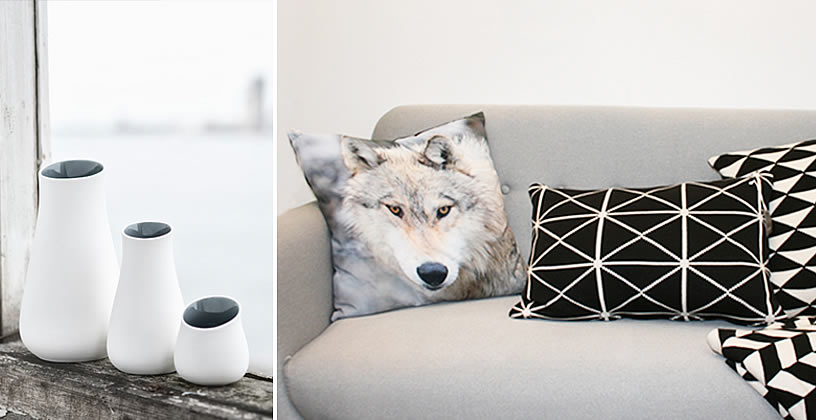
“Or you could just build your own lamp”, adds Goran Djukic, indicating something which is commonplace in Scandinavia, i.e. buying individual components separately and combining them according to your particular taste or requirements. At Ambiente, we also experienced Scandinavian DIY design in terms of light fixtures, and were bowled over by the effect of individual bulbs arranged imaginatively with colourful cables and cords or glass beads. So, to round it all off, here’s a handy craft tip from our Frankfurt design professional Djukic: “Get hold of several 3 to 4 metre lengths of fabric cable in a variety of colours, mount a bulb holder to one end of each cable and tie the cables together. Then fit various different bulbs and slot the other end of the cables into a cover fitted to the ceiling. And there you have a very cool light fitting you’ve designed yourself.”
